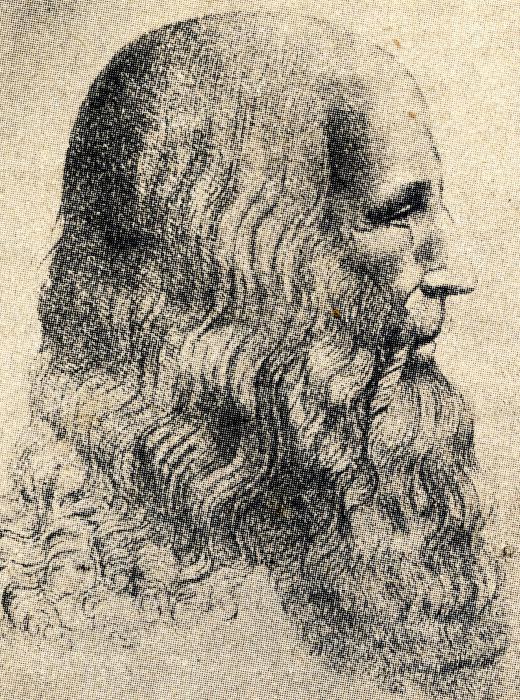What Is Coulomb Friction?
Coulomb friction is a simplified quantification of the friction force that exists between two dry surfaces in contact with each other. All friction calculations are approximations, and this measurement, which was developed in 1785 by Charles-Augustin de Coulomb as a refinement of Leonardo da Vinci's classical model, is dependent only on the fundamental principles of motion. It assumes that the contact surfaces are fairly uniform and that the coefficient of friction that must be overcome for motion to begin is well-established for the materials in contact. It also accounts for the normal force involving gravitational pull, whether in direct horizontal movement to the normal force or at a vectored incline.
Mechanical engineering calculations often use Coulomb friction formulas due to their simplicity, and they can be adapted to accommodate static friction of bodies not in motion or kinetic friction of bodies sliding against each other. This model assumes that the materials are rigid solids, without lubricants or other liquids or gasses between them. Though Coulomb friction law works well with these materials, where semi-soft compounds such as rubber are involved or polished metal surfaces, the calculations are less accurate.

Guillaume Amontons, a French inventor, refined Leonardo da Vinci's friction calculations in 1699, and Coulomb used this on which to base his understanding of friction. Three physical rules apply for dry surfaces, with the first two known as Amonton's laws and the third as Coulomb's law. The first two state that the force of friction is directly proportional to the load and is independent of the visible area of contact between the materials. Coulomb's law states that the kinetic friction of bodies in motion is independent of the actual sliding velocity of the bodies.
The Coulomb friction coefficient is a static force that is slightly higher than motive force when two materials are at rest while in contact with each other. This coefficient of friction is well-known for many simple, pure materials and is given as a unit-less number. For dry surfaces, the coefficient of friction for wood against concrete is 0.62, for polystyrene against steel of 0.3 to 0.35, and for steel against Teflon® of 0.04. These numbers are used to calculate the force required to overcome static friction, known as the friction force, by multiplying the coefficient of friction times the normal force. The normal force is the mass of the materials times gravitational pull, with vector calculations added in if the two surfaces are moving up or down an incline against gravitation pull, or towards it.
Coulomb friction damping is the effect of friction always opposing the direction of motion. It is expressed as the release of heat energy between the surfaces, which reduces the net kinetic energy of movement. Coulomb friction torque involves rotational forces when two materials are not moving in linear fashion while in contact, and is another example of where basic formulas are incorporated into more complex calculations of the actual friction taking place. These calculations take the Coulomb formulas and expand upon them to include a variety of friction environments, including viscous fluid friction, internal friction in materials where deformation takes place, and more.
AS FEATURED ON:
AS FEATURED ON:











Discuss this Article
Post your comments